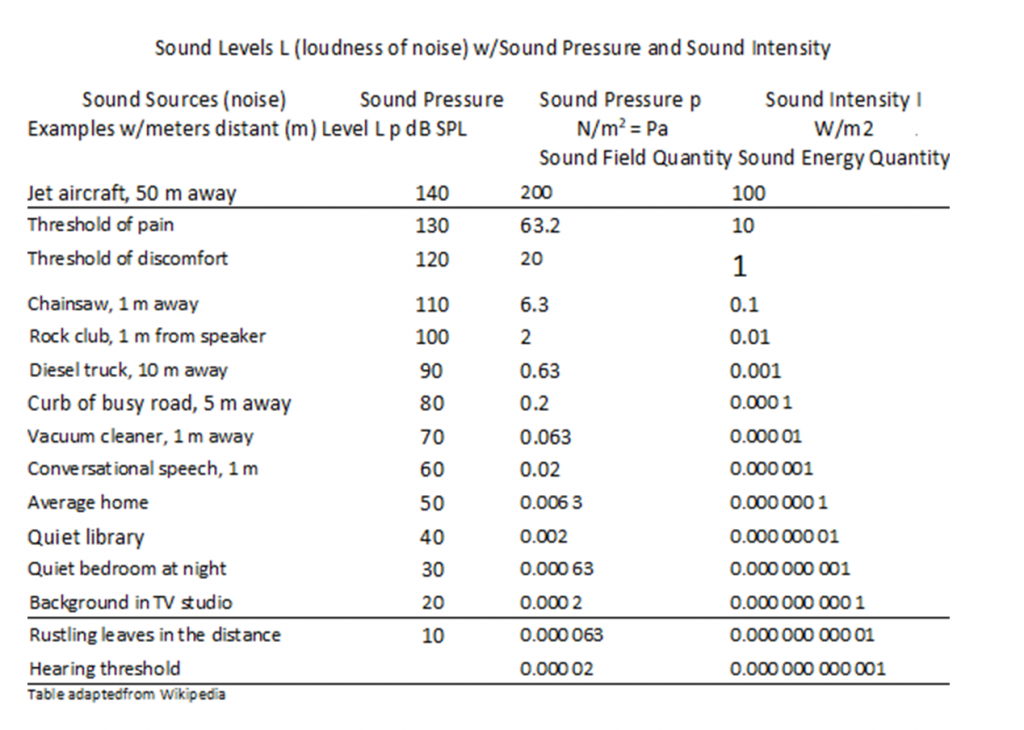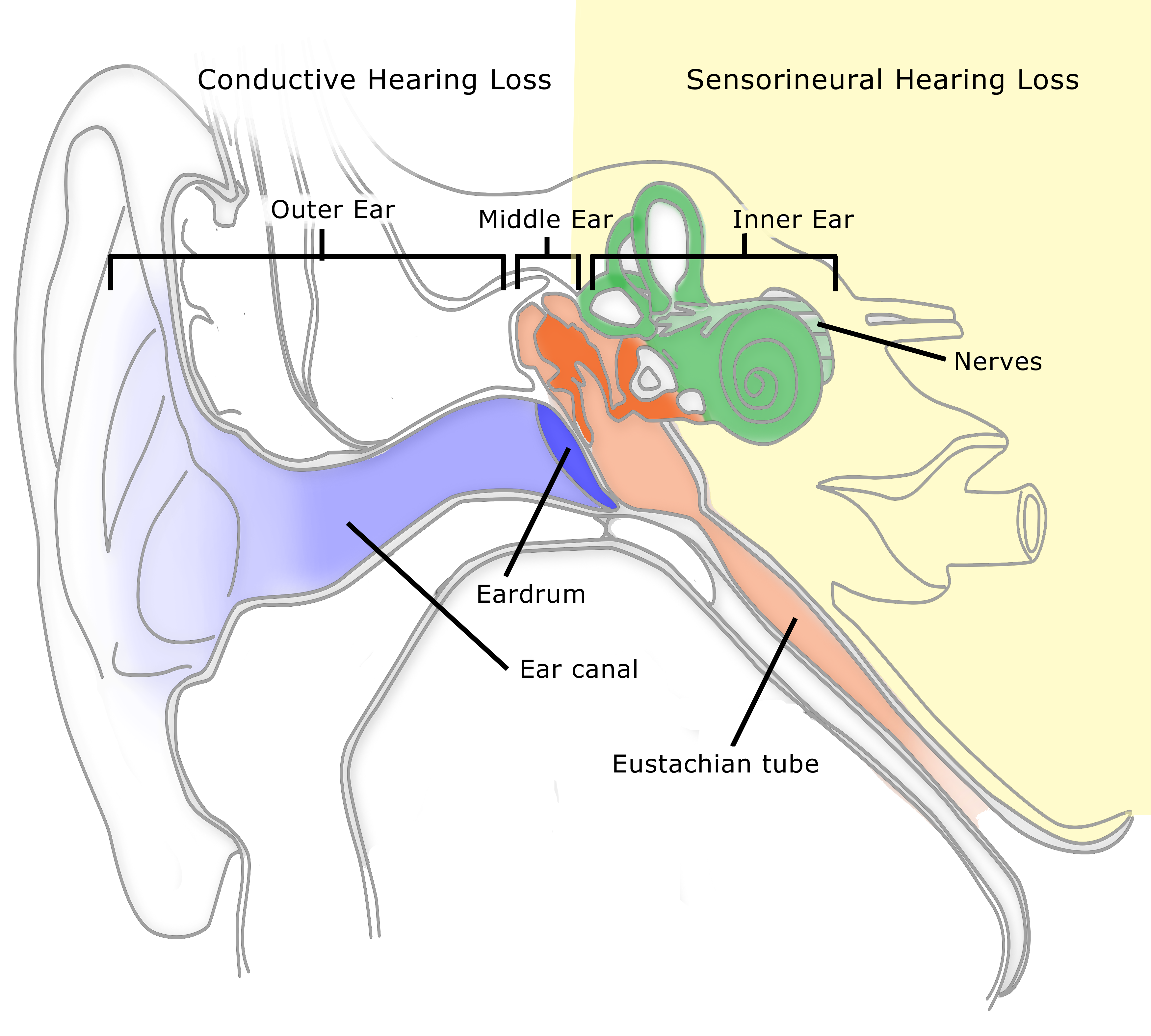Help Protect Your Child’s Hearing
The weather is beautiful, and it’s time for a family trip. But be aware: if your children use earbuds or earphones during travel, the sound may be loud enough to damage their hearing. It’s up to you to monitor the level of sound to which they are exposed.
Q: Aren’t children’s electronic devices regulated on the maximum volume they can produce?
A: Unfortunately, no. According to a New York Times article, no required standard “restricts the maximum sound output for listening devices or headphones” sold in the U.S. The Times cites a study that examined 30 headphones marketed to children and found that half of them failed to restrict volume to their advertised limits. Some allowed the sound to be “damagingly loud.”1
Q: Can an electronic device’s sound level injure my child permanently?
A: Hearing damage depends on sound volume and amount of exposure, so the loudness of a child’s electronic device and how many hours a day the child uses it are crucial to their hearing health. Fifty percent of children as young as 8 to 12 may listen to music daily (nearly two-thirds of teenagers do).2 Even if younger children aren’t listening to loud music, many noisy games are marketed to them.
Hearing damage can occur at any age, and once damaged, the delicate organs of the ear cannot regenerate. Other parts of the brain than those governing hearing may be able to partly compensate for hearing damage, but no one can be sure that will happen.
Q: I know sound is measured in decibels (dB). What does a decibel rating mean for my child’s sound exposure?
A: A decibel (dB) is a measure of sound pressure or intensity. Whenever the word “level” is used in relation to an intensity or pressure, it means that the measure is expressed in decibels. Below is a table that gives sound levels in dB and the intensities and pressures for each level. As you see, the dB,SPL scale ranges from the faintest sound that can be heard, 0.0 dB, to 140 dB, which is very likely to cause permanent damage after even brief sound durations. Any sound above 85 dB may permanently damage a child’s hearing if it is prolonged. (The “damage risk criterion” of 85dB is based on a working day exposure of 8 hours.) At its top volume, a mobile device can produce up to 105dB.

Q: What does SPL mean? How does it relate to decibels?
A: The scale that experts usually have in mind when they say a sound has a level of about X dB is actually the Sound Pressure Level Scale (dB,SPL) which expresses how many dB a sound is above the threshold pressure for normal human hearing (0.0 dB,SPL). Notice below that the scale of sound pressures not converted to dB ranges from 0.00002 Pascal (a unit of pressure) to 200 Pascal, over this range (0-140 dB, SPL). You can see why those who work in acoustics prefer dB scales to the untransformed scales in physical units. But the calculations relating physical measures to pressure and intensity converted to dB are a bit complex for most people to carry around in their heads.
Q: Why haven’t parents been warned about the risk that mobile devices pose to their children’s hearing?
A: Until recently we haven’t known a lot about how young ears are damaged, or if they are, by levels produced by their earbuds or phones. Concerns about the impact of loud music on young ears have arisen from recent controlled animal studies and retrospective study of adults exposed to intense noises. Evidence has shown that some music listeners select levels that are potentially damaging, and that the effects of early exposure may not be observed until later in life.3
Q: My children love their electronic devices, and I know they share other children’s devices as well. How can I protect them from damaging sound volume?
A: First, do a bit of homework before a new device is purchased for the child. Look for one that addresses the issue of sound volume. You may be able to find one that allows you to program volume limits your child can’t override. Second, stay aware of how loud your child is playing his or her device by “listening in” when you are nearby. It is sometimes said that if you can hear what your child is listening to, it’s too loud. That’s a good place to start.
For more information on sound levels of electronic devices targeted to children and young teens, as well as their effects on hearing and mood, consult the sources and additional readings below.
1 www.nytimes.com/2016/12/06/health/headphones-hearing-loss-kids.html
2 www.commonsensemedia.org/research/the-common-sense-census-media-use-by-tweens-and-teens
3 https://www.ncbi.nlm.nih.gov/pmc/articles/PMC4754097
Additional Readings
www.blesser.net/downloads/eContact%20Loud%20Music.pdf




















Leave a Reply